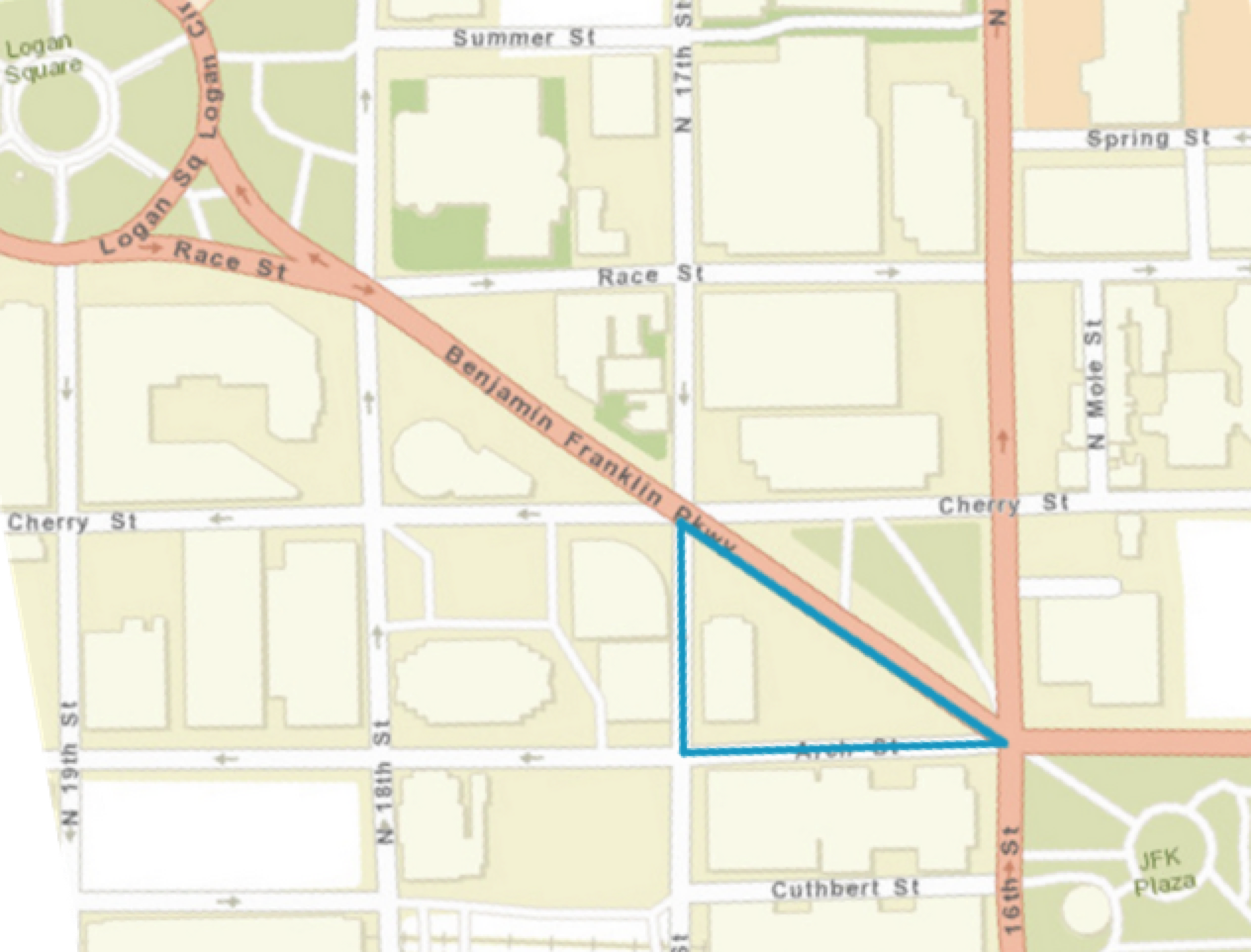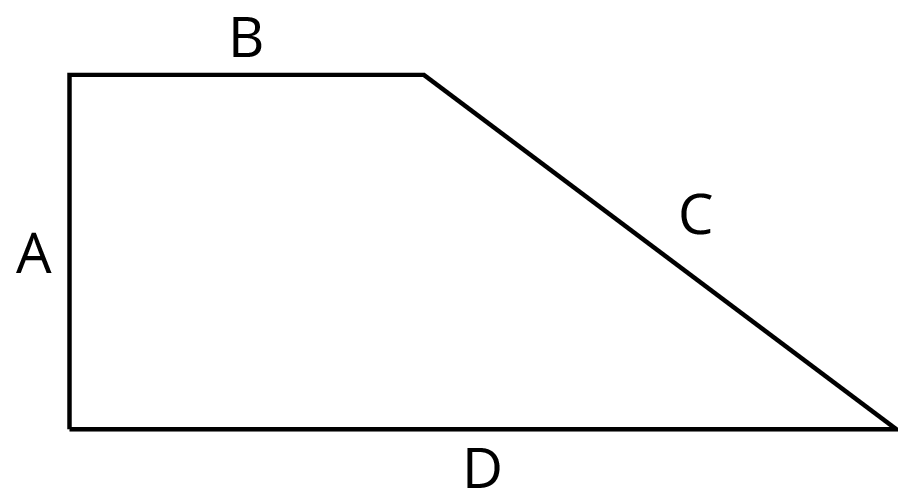Sometimes we have a scale drawing of something, and we want to create another scale drawing of it that uses a different scale. We can use the original scale drawing to find the size of the actual object. Then we can use the size of the actual object to figure out the size of our new scale drawing.
For example, here is a scale drawing of a park where the scale is 1 cm to 90 m.
The rectangle is 10 cm by 4 cm, so the actual dimensions of the park are 900 m by 360 m, because $10 \boldcdot 90 = 900$ and $4 \boldcdot 90 = 360$.
Suppose we want to make another scale drawing of the park where the scale is 1 cm to 30 meters. This new scale drawing should be 30 cm by 12 cm, because $900 \div 30 = 30$ and $360 \div 30 = 12$.
Another way to find this answer is to think about how the two different scales are related to each other. In the first scale drawing, 1 cm represented 90 m. In the new drawing, we would need 3 cm to represent 90 m. That means each length in the new scale drawing should be 3 times as long as it was in the original drawing. The new scale drawing should be 30 cm by 12 cm, because $3 \boldcdot 10 = 30$ and $3 \boldcdot 4 = 12$.
Since the length and width are 3 times as long, the area of the new scale drawing will be 9 times as large as the area of the original scale drawing, because $3^2=9$.




